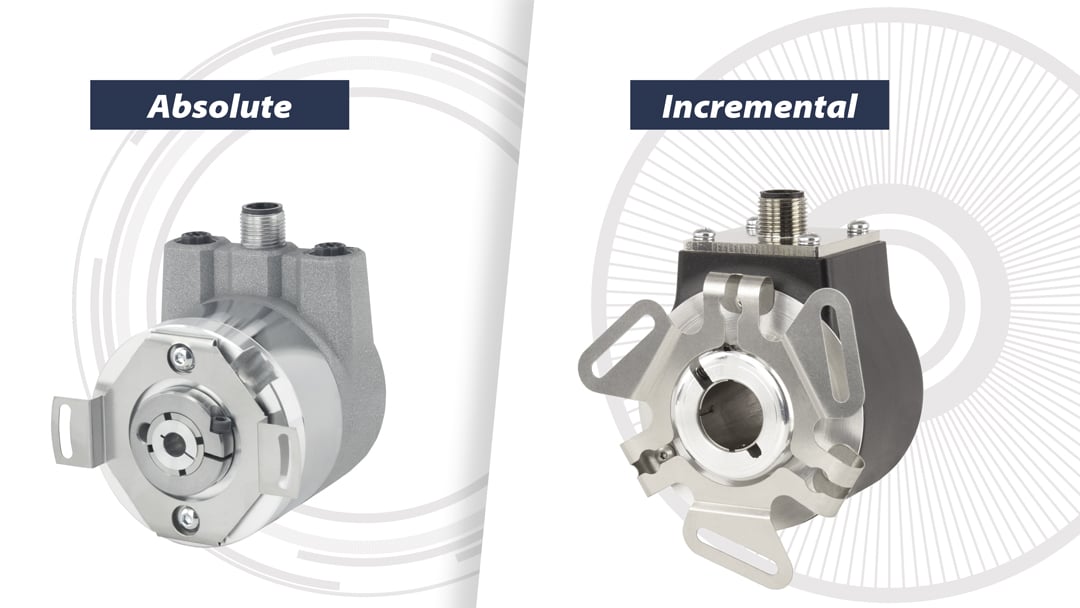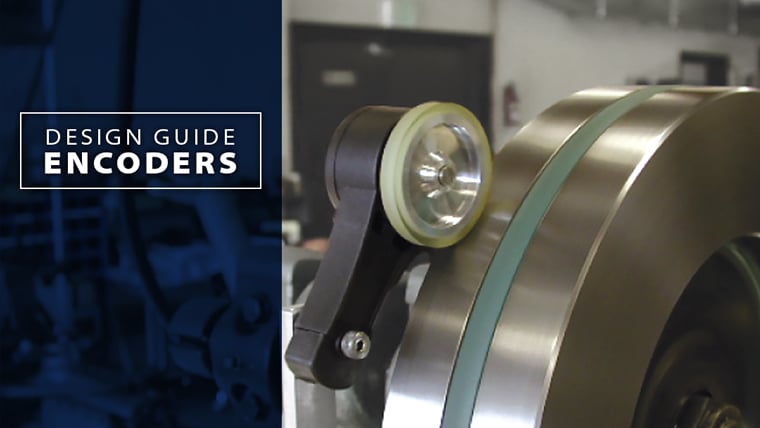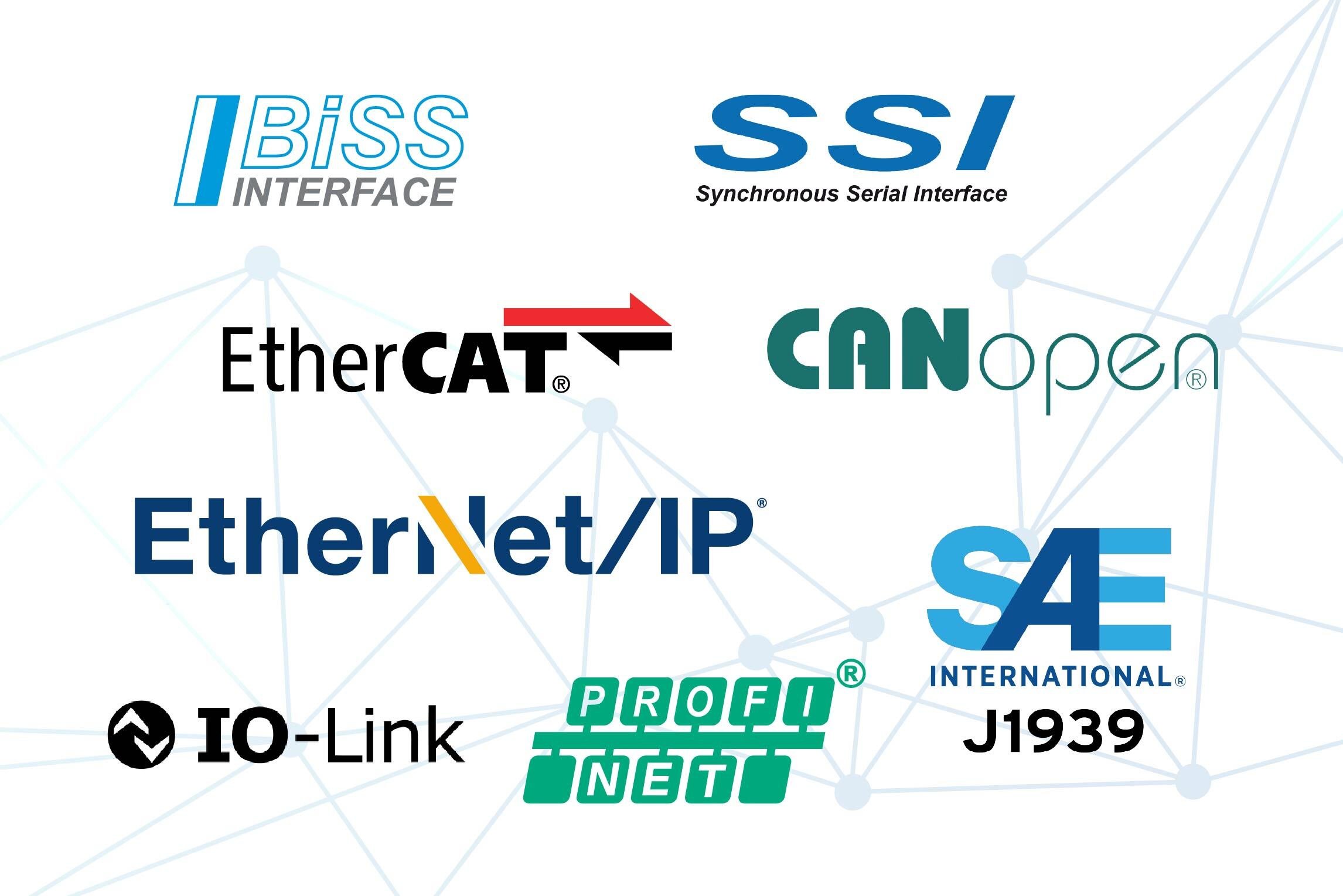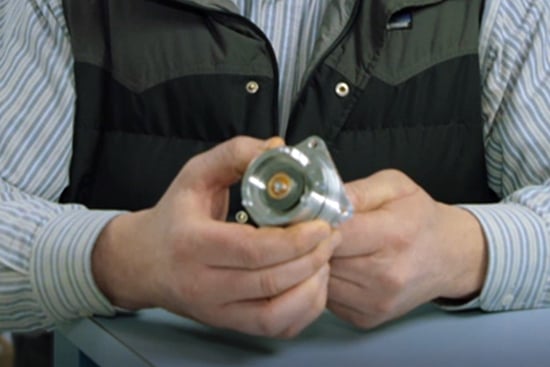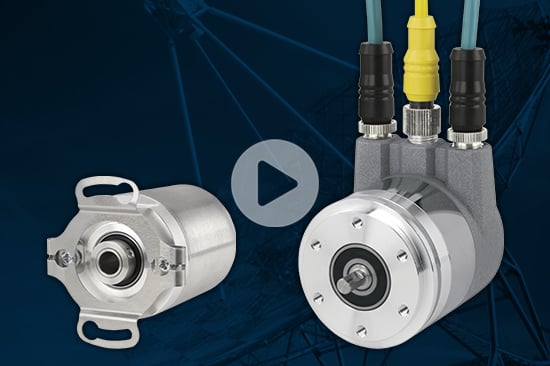The differences between absolute and incremental encoders
Both types of encoder are somewhat simple electromechanical devices, and they operate on similar principles. Each time the shaft rotates past a certain position, a sensor in the encoder registers this movement and sends either a digital signal or an electrical pulse through an output channel.
Absolute rotary encoders assign a unique code to each indicated position on the shaft, allowing them to identify the position of the shaft at any given time. For example, an absolute encoder with resolution of 8-bits (1024), will report 1024 unique shaft position values with each rotation. Incremental encoders, on the other hand, produce an output signal, or pulse, each time the shaft passes a specified angle – the number of pulses in a given time span is enough to measure the shaft’s change in position and its speed, but does not specify the shaft’s position at any given time.
To identify the shaft’s position, absolute encoders can use magnetic or optical sensors. Either way, the encoder typically includes a magnet or patterned disk mounted to the shaft and a fixed-position sensor. As the shaft rotates, the unique disk pattern is read by the signals fixed sensor. The absolute position is generally represented as a binary word 2n, where n is the number of bits. The higher the number of bits, the greater the resolution, or more precise measurement of the shaft’s position and speed.
Incremental encoders typically have one or two signals, along with an index, or Z index signal. With one signal, the encoder can count the number of rotations the shaft makes over time, providing feedback on the speed of rotation but cannot determine direction. With a second signal, offset in phase electrically of 90 degrees, the encoder can provide information on the direction of shaft rotation. An encoder with two signals that have phased electrical offset are called quadrature encoders.
If the system loses power, an absolute encoder can resume functionality immediately upon powerup. An incremental encoder, though, cannot begin relaying usable information until the shaft has made at least one turn. For some applications, this isn’t good enough. For those cases, incremental encoders can include an additional signal, or Z index pulse, which serves as a location index of the shaft's position as it occurs once during the 360 degree rotation of the shaft.
